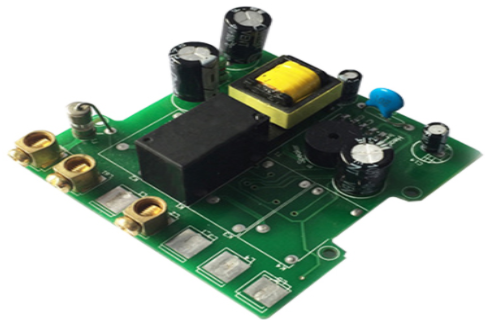I believe many of us still remember that PCB was once at the core of the product design process.
This PCB-centric design method is: PCB, machinery, and supply chain teams work independently, and they start to integrate the work results until the prototyping stage. If something is not suitable or the cost requirements are not met, rework will be carried out. It's a very expensive thing.
This method has been working for a long time in the past. However, the product structure is undergoing some changes. In 2014, there was a significant shift to a product-centric PCB design method, and it is expected to see more adoption and application of this method in 2015.
Let us consider the system-on-chip (SoC) ecosystem and product packaging. SoC has had a profound impact on the hardware design process.
Integrating so many functions in a SoC single chip, coupled with the characteristics of specific applications, engineers can use the reference design to carry out research and development work. Many products are currently using SoC reference designs, and differentiated designs based on them.
On the other hand, product packaging or appearance design has become an important competitive factor, and we are also seeing increasingly complex shapes and angles.
Consumers are looking for products with smaller sizes and cooler appearances. This means that smaller PCBs have to be packed into smaller cases, and the probability of failure is lower at the same time.
On the one hand, SoC-based reference designs make the hardware design process easier, but these designs still need to fit in a very creative shell, which also requires closer coordination and collaboration between various design criteria.
For example, one type of enclosure determines that two PCB boards should be used instead of single-board design. In this case, PCB planning becomes the proper meaning of product-centric design.

This poses a big challenge to the current PCB 2D design tools. The limitations of the current generation of PCB tools are reflected in: lack of visualization of product-level design, lack of multi-board support, limited or no MCAD collaborative design capabilities, lack of support for parallel design or inability to perform cost and weight target analysis.
This multi-design principle and collaborative product-centric design process is a completely different approach. Constantly changing competitive factors and the PCB-centric approach cannot keep up with the advancement of this approach. At this time, a more collaborative and responsive design process is needed.
A key feature of product-centric design is that its architecture verification allows companies to respond more quickly to newer and more complex product requirements. Architecture is the bridge between product requirements and detailed design-this is also where the product has a more competitive advantage, if they have a good architecture design.
Before proceeding with the detailed design, it will first analyze whether the requirements are met under multiple design criteria for the proposed product architecture.
The factors that need to be reviewed include: size, weight, cost, shape and function of the new product, how many PCBs are needed and whether they can be installed in the designed enclosure.
Other reasons PCB manufacturers can achieve cost and time savings by adopting a product-centric design approach include:
Simultaneously carry out 2D/3D multi-board design planning and realization;
Import/export STEP models that have been checked for redundancy and incompatibility;
Modular design (design reuse);
Improve communication and interaction between supply chains.
These functions support the company's product-level considerations, and can maximize their competitive advantages.